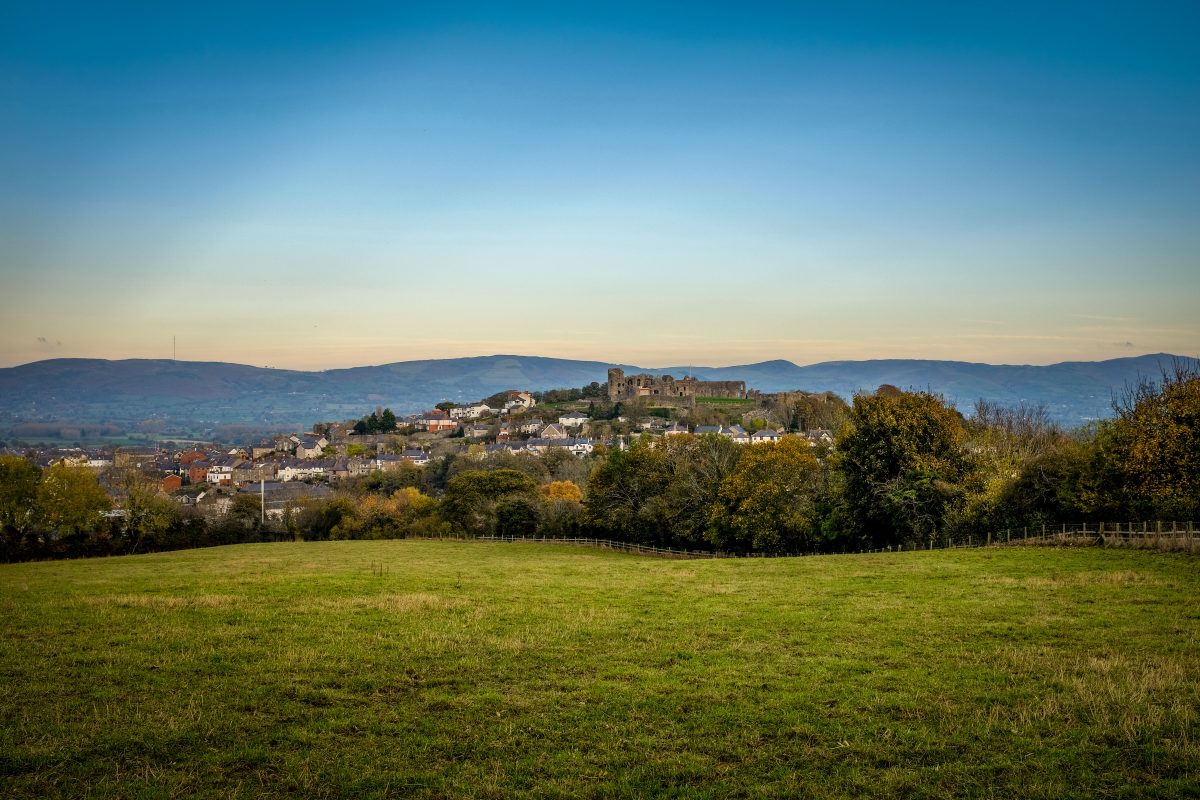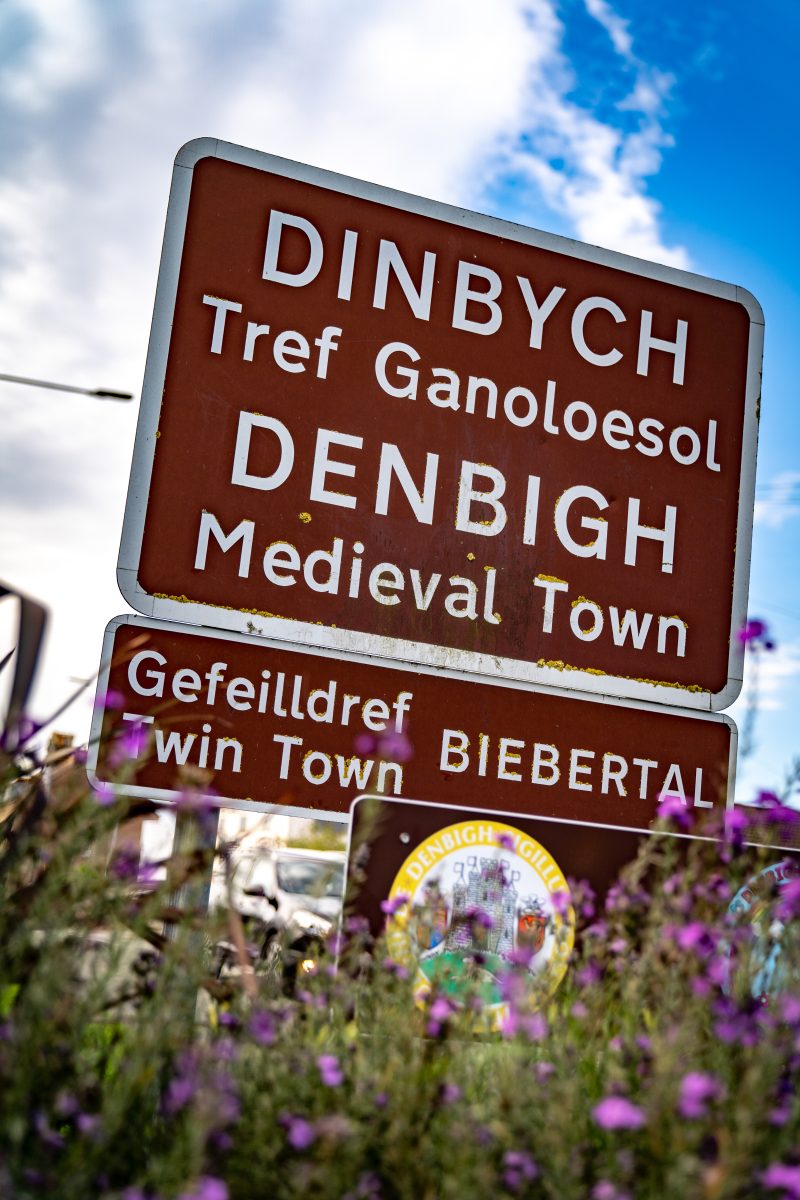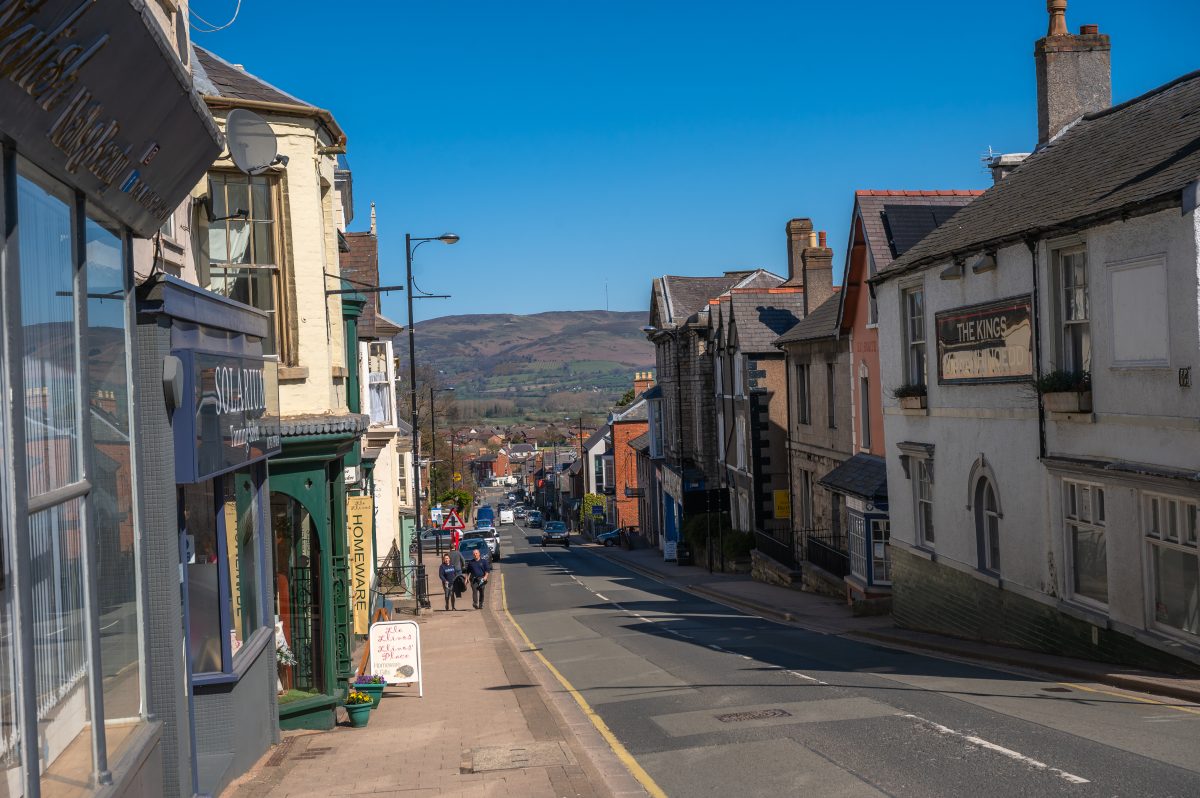Gwrach Cymru: Stori Gwen ferch Ellis
🌕 Y Gymraes gyntaf i gael ei chyhuddo o ddewiniaeth — ac adleisiau parhaus ei stori
Ar noson ym mis Hydref 1594, o dan olau arian y lleuad, roedd sibrydion yn treiddio trwy strydoedd Dinbych. Roeddent yn siarad am ddynes o’r enw Gwen ferch Ellis — iachawraig, nyddwr ac yn ôl rhai gwrach. Nid stori am ysgubau neu grochanau’n ffrwtian yw hon ond stori’n ymwneud â pherlysiau, swynion a chalon a oedd yn rhy feiddgar i’r oes yr oedd yn byw ynddi.
🧶 Gwehyddes Iachâd a Gobaith
Wedi ei geni tua 1552 ar fryniau mwyn Llandyrnog, roedd Gwen yn byw mewn byd lle roedd ffydd a llên gwerin yn dawnsio gyda’i gilydd ar bob aelwyd. Yn ferch i Ellis fe gâi ei hadnabod nid am dywyllwch ond am y golau a ddeuai i’w chymdogion.
Gyda bysedd ystwyth a hen enaid, nid dim ond brethyn roedd Gwen yn ei nyddu ond iachâd. Roedd yn gwneud eli ar gyfer esgyrn dolurus, plasteri ar gyfer briwiau a swynion a gâi eu sibrwd yn ysgafn dros berlysiau a gâi eu casglu ar doriad gwawr. Roedd pentrefwyr yn cyfnewid gwlân a menyn am ei bendithion — a oedd yn rhywbeth bach i’w gyfnewid mewn gwlad lle roedd cred cyn hyned â’r mynyddoedd.
Ond mae dwy ochr i bob swyn ac ym myd Gwen gallai caredigrwydd droi yn berygl yn gyflym iawn.
✒️ Y Swyn Papur a Chysgod Amheuaeth
Un diwrnod fe ymddangosodd swyn papur rhyfedd yng nghartref Thomas Mostyn, tirfeddiannwr pwerus. Roedd wedi ei ysgrifennu am yn ôl — efallai y byddai Gwen wedi disgrifio hyn fel tric i amddiffyn — ond i eraill roedd yn arwydd o ewyllys ddrwg. Lledaenodd ofn fel tân gwyllt.
Roedd sibrydion yn cysylltu Gwen â Jane Conway, gweddw afieithus a oedd benben â Mostyn. Yn fuan daeth y sibrydion yn gyhuddiadau a lledaenwyd enw Gwen fel enw gwrach. Mewn byd a oedd yn ysgwyd rhwng yr hen ffydd a’r drefn newydd, roedd sibrydion o’r fath i’w clywed yn gryf.
⚖️ Achos yr Iachawraig
Pan ddaethpwyd â Gwen gerbron y llys yn Ninbych fe ymgasglodd y bonedd, clerigwyr a chymdogion, rhai mewn ofn ac eraill mewn tosturi. Fe safodd saith tyst yn ei herbyn, gan honni fod ei swynion wedi torri esgyrn, ei bod wedi rhoi swyn ar gwrw a’i bod hyd yn oed wedi llonyddu calon dyn ifanc.
Ac eto safai Gwen yn falch — ei llais yn glir, ei chalon yn gadarn. Adroddodd ei swynion yn y Gymraeg, gan egluro mai eu bwriad oedd iacháu ac nid niweidio. Roedd ei dewrder yn fath tawel o hud — un na allai unrhyw grocbren ei ddistewi.
Ond nid oedd y gyfraith yn garedig tuag at ferched a oedd yn meddu ar wybodaeth wedi ei lapio mewn dirgelwch. O dan Ddeddf Dewiniaeth 1563, cafwyd Gwen yn euog a hi oedd y ddynes gyntaf i gael ei chrogi ar sgwâr tref Dinbych lle roedd sŵn chwerthin a marchnadoedd unwaith i’w clywed. Dim ond 42 oed oedd hi ac yn ei bywyd byr roedd eisoes wedi colli dau ŵr a chwaer.
🕯️ Yr Ysbryd sy’n Parhau
Mae canrifoedd wedi mynd heibio, ac eto mae stori Gwen ferch Ellis yn dal i lithro drwy ddyffrynnoedd Cymru fel niwl yr hydref. Mae’n parhau yn symbol nid o ofn ond o gryfder — yn atgof o’r merched y cafodd eu doethineb ei gamgymryd am ddrygioni.
Mewn gwirionedd, swyn mwyaf Gwen oedd tosturi. Nid oedd ei “dewiniaeth” yn ddim mwy nac iachâd, ei “swynion” yn hen ganeuon ei hynafiaid.
Felly wrth i leuad yr Hydref godi fry ar Galan Gaeaf, gwrandewch am siffrwd y dail a mwmial y droell nyddu. Rhywle mae’n bosibl y teimlwch adleisiau ysbryd Gwen a gafodd gam.

Yn ystod cyfnod achosion y gwrachod amcangyfrifir fod tua 4,000 o eneidiau wedi eu hanfon i’w marwolaeth yn Yr Alban a 1,000 yn Lloegr, ond yn rhyfedd dim ond pump a laddwyd yng Nghymru gyda Gwen yn un ohonynt. Allwn ni ddim ond dyfalu beth yw’r rheswm. A allai hyn fod oherwydd yr iaith Gymraeg?
Yn ei lyfr – Witches and Witch Hunts Through the Ages mae’r awdur Phil Carradice yn cynnig sawl eglurhad. Mae’n credu mai’r iaith Gymraeg oedd i gyfrif yn rhannol o leiaf am hyn. “Ychydig iawn o archwilwyr neu farnwyr a oedd yn siarad Cymraeg,” meddai Phil o Fro Morgannwg. Mae hefyd yn credu y gallai’r ffaith fod cynifer o gymunedau bach a gwledig Cymru mor ddibynnol ar wragedd doeth lleol egluro hyn. “Doedd yna ddim doctoriaid, dim ysbytai…os oeddech eisiau cymorth i chi eich hun neu eich anifeiliaid fe fyddent yn troi at ferched doeth.”



Ar draws gweddill y byd roedd lladd “gwrachod” yn aruthrol. Rhwng 1450 a 1700 yn Ewrop yn unig cafodd tua 35,000 o bobl, merched yn bennaf, eu crogi neu eu llosgi wrth y stanc ar ôl cael eu cyhuddo o ddewiniaeth. Mae llosgi wrth y stanc yn ffordd erchyll a chreulon o ddienyddio rhywun. Mae’n mynd ymlaen i ddweud “Roedd Merched yn yr Oesoedd Canol yn cael eu cam-drin, does dim gair arall am hynny.” Mae’n mynd ymlaen i ddweud mai’r cymhelliant dros erlid y merched oedd “casineb at wragedd a hefyd trachwant”. Roedd cyhuddo merched dibriod neu wragedd gweddw o fod yn wrach yn ffordd sicr o’i rhoi dan glo, gan ei gwneud yn hawdd i ddwyn ei hasedau.
(O erthygl gan y BBC gan Nicola Bryan )
Os ydych yn awyddus i ymweld â Dinbych fe allwch lawrlwytho llwybr y dref yma, mae’n dref sy’n llawn hanes.
Gallwch wrando ar bodlediad Cymraeg Lleisiau Cymru ar BBC sounds i glywed mwy am Gwen yma.
